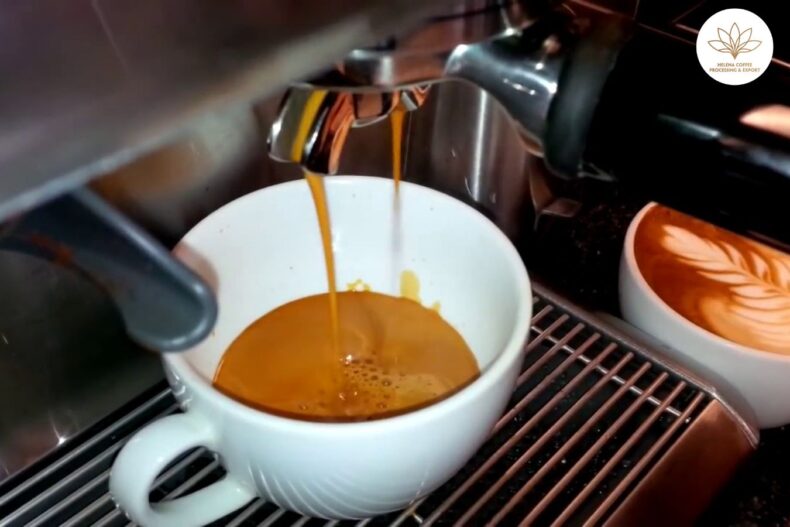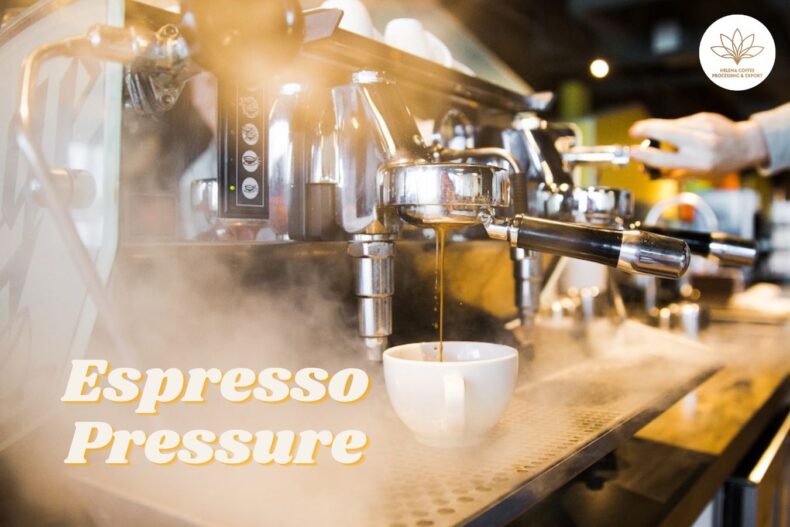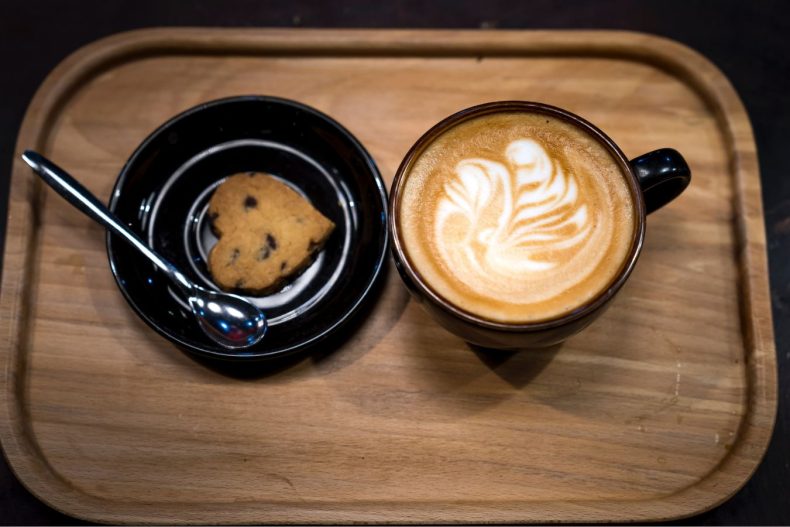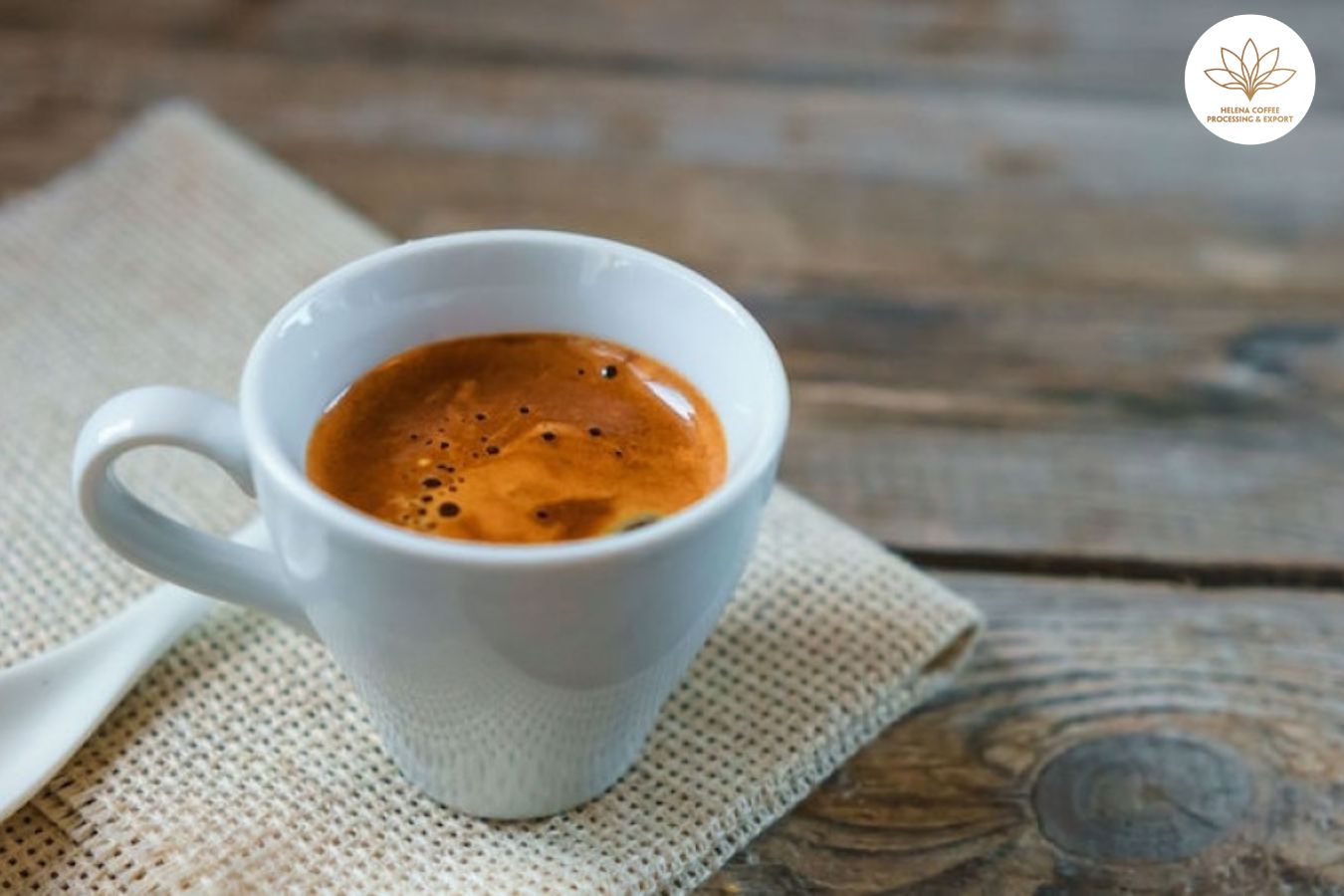
Why Espresso Is So Popular In Italy: Italy’s relationship with espresso is unparalleled, with the country’s bond to this potent brew being as robust as the drink itself. Espresso is not just a popular choice; it’s a fundamental part of Italian culture, coming in second only to water in terms of national consumption.
Espresso’s significance in Italy transcends its status as a beverage—it’s an emblem of Italian heritage. This is reflected in the efforts of Italy’s Ministry of Agricultural, Food, and Forestry Policies, which has attempted to secure recognition for espresso’s Italian lineage through UNESCO, albeit without success thus far.
But why does espresso stir such fervor in Italy? The country is not just the birthplace of the espresso machine, a revolutionary creation that altered the coffee landscape worldwide; there’s more to Italy’s claim as the espresso epicenter. To delve into this caffeinated mystery, I sought insights from Professor Jonathan Morris, the author of ‘Coffee: A Global History’ and co-host of the ‘History of Coffee’ podcast, as well as Chiara Bergonzi, the founder of Lot Zero.
Tracing Espresso’s Roots: Italy’s Pioneering Contribution
Espresso owes its existence to Italian ingenuity. The nation has not only been pivotal in the genesis of espresso machine technology but continues to refine and innovate these devices.
The coffee world was revolutionized in 1884 when Angelo Moriondo of Italy unveiled a machine that employed steam power to expedite the brewing process. Chiara Bergonzi, not only a prominent figure in Italy’s specialty coffee scene but also an experienced competition judge and latte art specialist, credits Moriondo with creating the initial blueprint for the espresso machine.
“Angelo Moriondo was the mastermind behind the first espresso machine prototype,” she remarks. “His design featured a vertical cylindrical boiler heated by gas, capable of brewing coffee under 1.5 bar of pressure. The objective was to quicken the brewing time, enhancing customer service efficiency.” Chiara notes that this innovation laid the groundwork for companies like Gaggia and Faema to develop models that have evolved into the espresso machines we are familiar with today.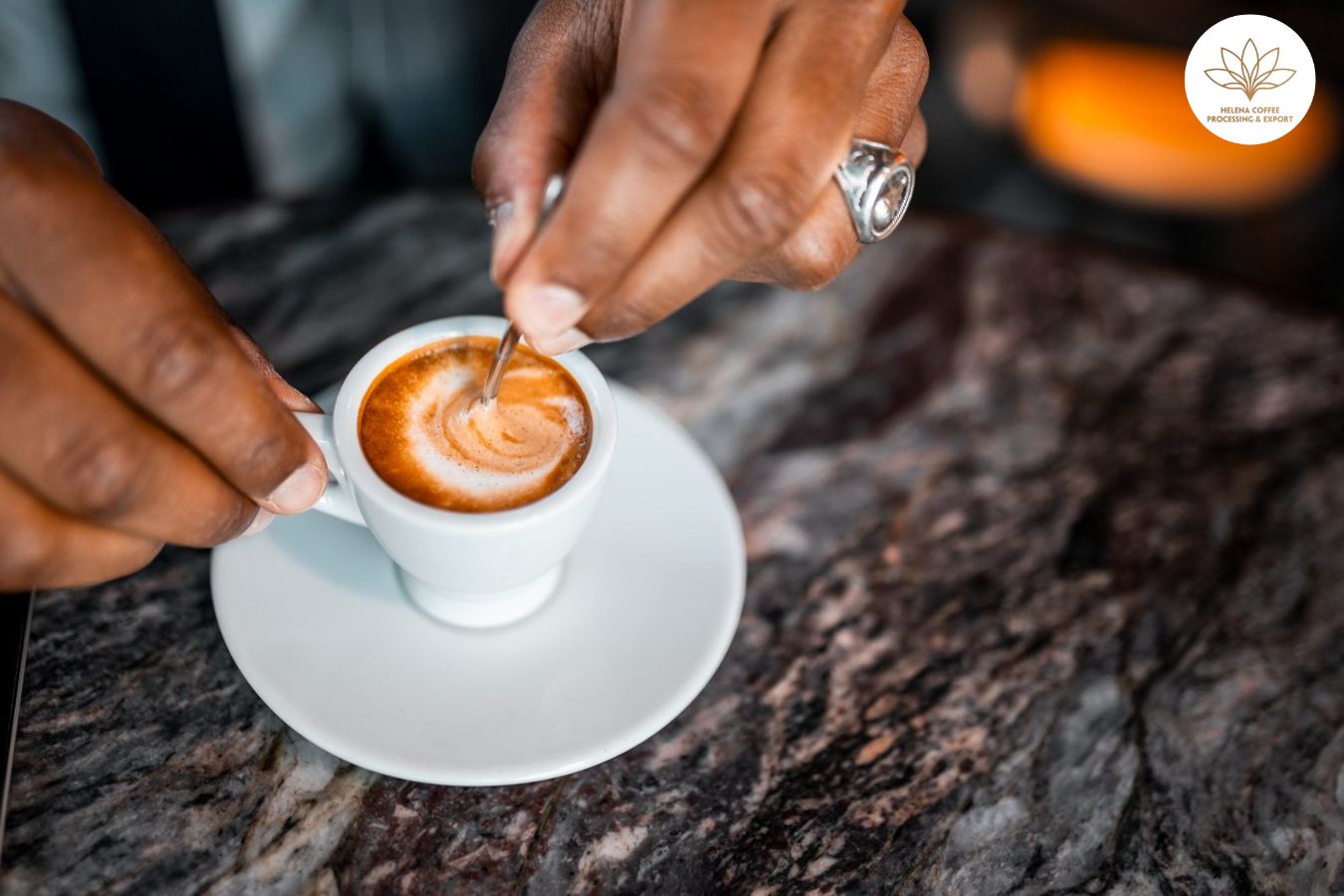
Nevertheless, Italy’s adoption of espresso, as well as the widespread distribution of espresso machines throughout Europe, was gradual. Jonathan Morris, a Research Professor in Modern European History and the Director of Research Culture and Environment at the University of Hertfordshire, observes that originally, espresso machines were the hallmarks of high-end venues such as hotels, cocktail bars, and grand cafés. “It was only post-World War II that the technology became more widespread and espresso machines surged in popularity,” he explains.
The Rise of Espresso’s Popularity in Italy
The proliferation of espresso machines across Italian cafés set the stage for the emergence of dedicated espresso bars, which initially catered to the affluent echelons of society. However, the landscape of coffee consumption began to shift dramatically in 1911 when the Italian government capped the price of certain staples, including coffee. This regulation made espresso more accessible, prompting café owners to innovate their service style. For instance, patrons were charged a premium for the luxury of sitting while enjoying their espresso, as opposed to standing.
Jonathan sheds light on the lasting impact of these price caps, “Though the regulations have long since vanished, their legacy endures, with many Italian business owners still adhering to the practice.” This tradition of affordability has shaped consumer expectations around the cost of espresso. To maintain low prices, café owners often opt for less expensive coffee, which has led to the widespread popularity of robusta beans in Italy.
Adapting to Robusta in Italy’s Coffee Culture
The economic strategies of espresso bar owners in Italy, shaped by price controls, necessitated a reduction in operational costs, with the choice of coffee beans being a significant factor. “To manage expenses, roasters and suppliers began mixing arabica with the more affordable robusta beans,” Chiara explains. She also notes a regional preference, particularly in southern Italy, for darker roasts.
The collective Italian palate has shown a marked preference for potent and richly flavored coffee, a trend that also underscores the popularity of concise, potent espresso shots—ideal for consumption quickly and repeatedly throughout the day.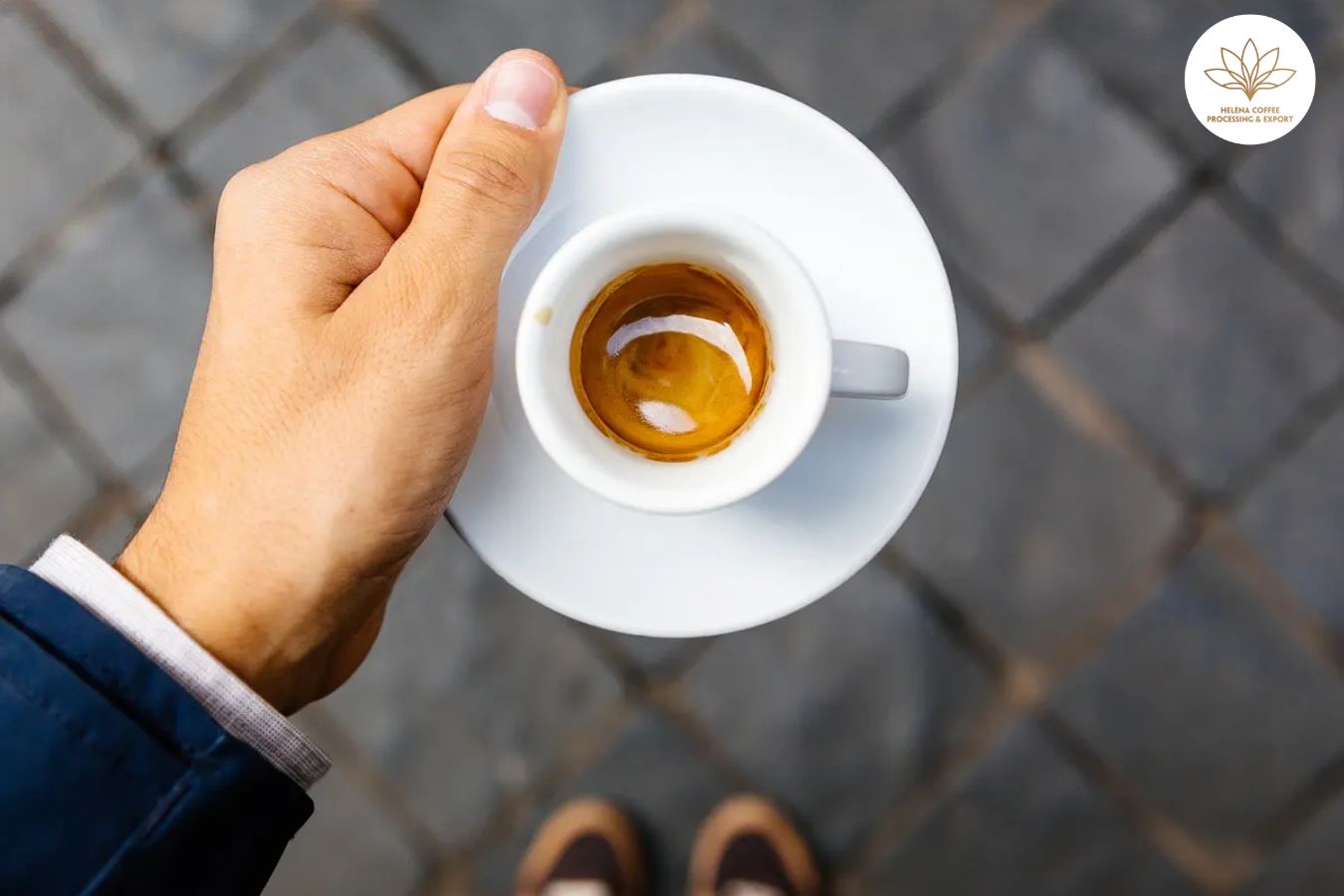
Chiara observes, “For most Italians, espresso is considered the quintessence of coffee, characterized by its robust, full-bodied, and sometimes sharp flavor.” This stands in stark contrast to coffee preferences in other nations where lighter roasts and filter coffee are more commonplace.
As espresso became an integral part of the Italian lifestyle, technological advancements in espresso machines surged. Jonathan points out, “The evolution of machinery, moving from two to three bars of pressure up to the nine to twelve bars used today, was pivotal. This increase in pressure created the signature crema layer that tops what we recognize as a true espresso.
The Enduring Essence of Italian Espresso
The coffee scene in Italy stands as a bastion of tradition, remarkably unchanged over the years, especially when compared to the dynamic coffee cultures of other nations.
Chiara reflects on the enduring affordability of Italian espresso, “In spite of economic fluctuations, the price of espresso in Italy remains the most economical across Europe.” She attributes this to the ingrained belief that espresso should be a daily accessible pleasure, coupled with its historically low price point.
This principle has profoundly shaped the way Italians interact with coffee. Jonathan elaborates on the unwritten social rules that govern coffee consumption in Italy: “There’s a proper time for a cappuccino, and it’s certainly not after the morning hours. Post-midday, it’s all about espresso, or perhaps an espresso macchiato.”
Reflecting on the historical context, he continues, “Espresso drinking has always been a quick social interlude rather than a lengthy cafe lounging affair. It’s about fitting in a moment of connection within the rush of daily life.”
Concurring with Jonathan, Chiara emphasizes the ritualistic nature of espresso consumption in Italy. “For many, visiting a bar for an espresso is deeply entrenched in the Italian way of life. It’s common to see people standing at the bar, swiftly savoring their espresso as a brief respite in their day, a moment of affordable luxury that doubles as a chance to socialize and catch up with friends.
The Evolution of Italy’s Coffee Connoisseurship
Italy’s affinity for the classic dark, bitter espresso has meant that the specialty coffee movement has had a slower start compared to other European countries. Jonathan notes, “In Italy, the specialty coffee market is quite small, lagging behind its European neighbors in terms of market penetration, despite Italian espresso machines and grinders being staples in coffee shops globally.”
The specialty coffee scene, with its preference for lighter roasts and single-origin beans, has yet to resonate widely with the traditional Italian coffee drinker. “There’s a strong adherence to traditional flavors, particularly among the older generations, and there’s a widespread reluctance to pay more for higher-quality coffee,” Chiara explains, highlighting the case of a specialty coffee shop in Florence that was fined for pricing deemed too high by a customer’s standards.
However, Chiara also observes a gradual shift toward openness in coffee preferences. “Espresso, while entrenched in Italian tradition, is starting to embrace higher quality, diversified roast profiles, and innovative recipes,” she acknowledges. “There’s a burgeoning curiosity among consumers to explore light to medium roasts, and more nuanced, aromatic coffees, as well as alternative brewing methods.”
While the robust, classic espresso remains the champion in Italian coffee culture, there’s a subtle trend toward diversification in tastes. “We’re poised to turn the page on Italian coffee history,” Chiara asserts, “not to forsake tradition, but to let it inspire us to craft the finest espresso with every cup.”
FAQS:
